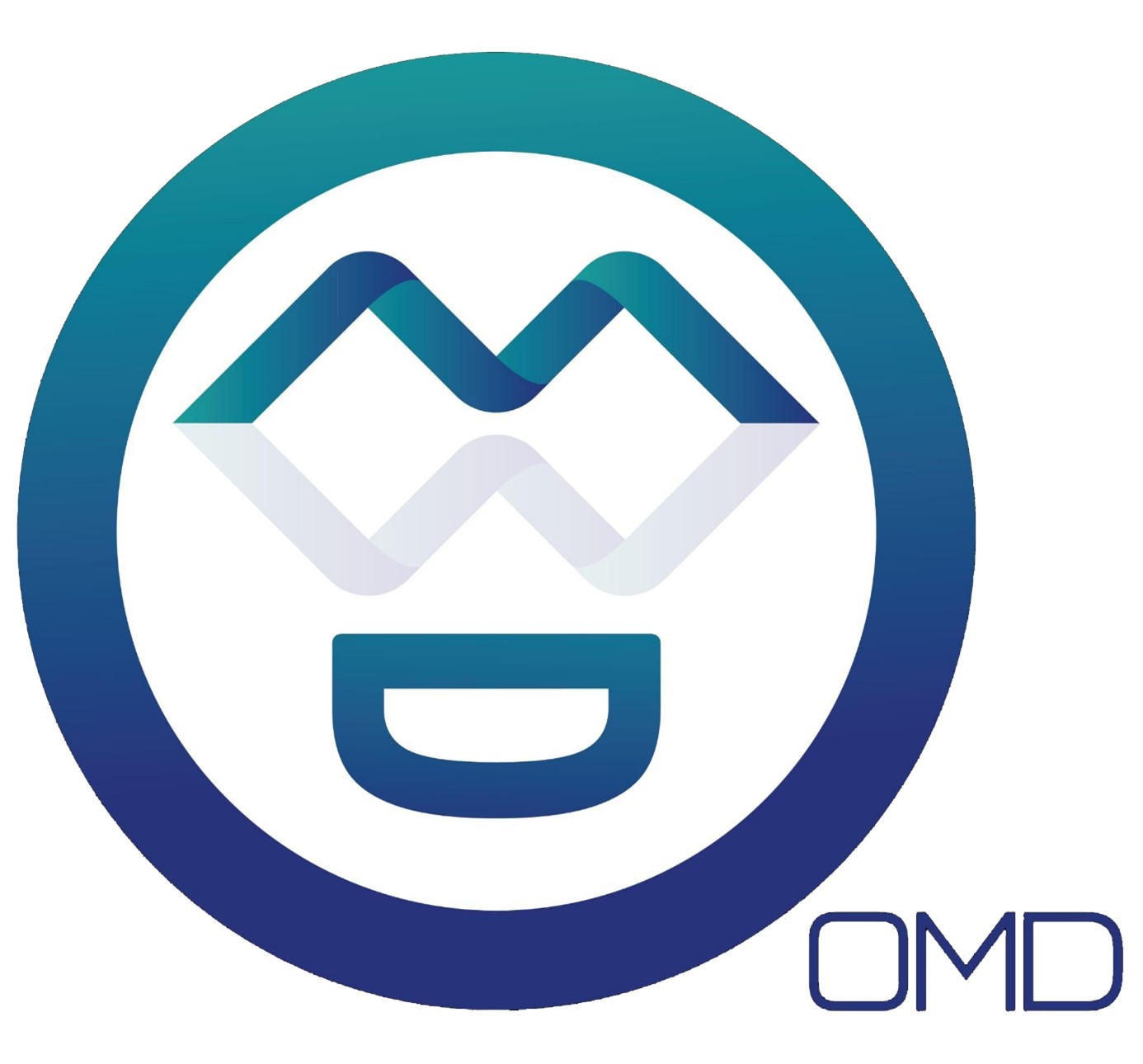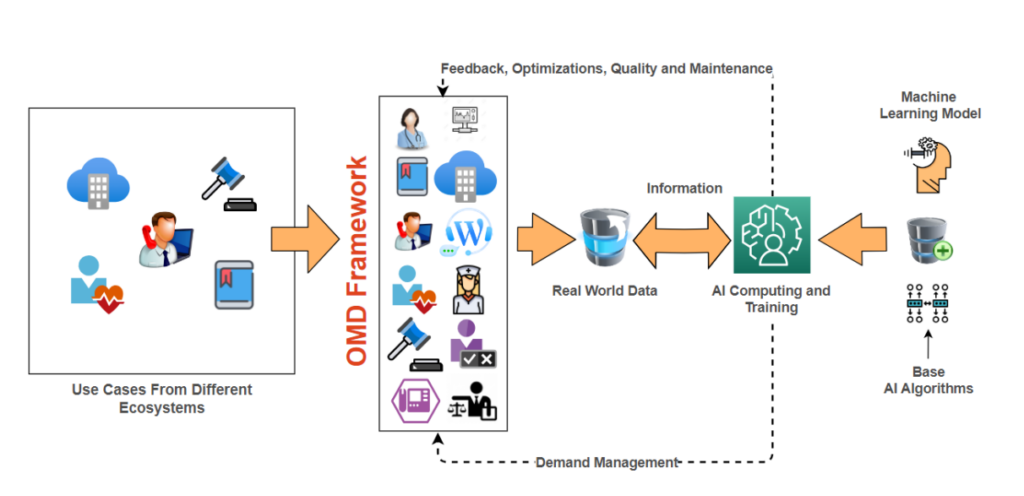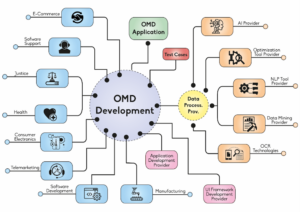| OMD – Optimal Management of Demand | ||
| Program | : | ITEA 3 Call 7 |
| Project No | : | 20003 |
| ITEA Link | : | https://itea4.org/project/omd.html |
| Start Date | : | January 1, 2022 |
| End Date | : | December 31, 2024 |
| Challenge | : | Smart industry |

OMD is a software tool that helps service providers from various domains to use their resources effectively, to provide agile solutions, to conserve their knowledge base, to allocate each call unmistakably to the right expert / provider, and with the best solution of the particular problem at hand. This will shorten the time and reduce the cost of operations avoiding repetitions. Improving the overall efficiency of operations on the supply side, our project also increases customer happiness. For businesses that utilize remote support now in ever-increasing rates, experts with various backgrounds give support service, and so the use of an assignment system is a must. Our consortium is made up of smaller consortia in Austria, Germany, Hungary, Portugal, Spain, Slovenia and Turkey with business domains ranging from IT service desk or programming to Health, from Marketing & Sales to Justice (assigning the right lawyer to a case) and even manufacturing. The OMD framework produced in this project will be a core framework for cross-domain cognitive service demand management, which can be customized for many different sectors by plugging in and out necessary modules and services. It also increases the automation level significantly to go beyond the state-of-the-art by developing and making use of a large number of AI models including NLP, Deep Learning/Machine Learning and an overall optimization module, contributes to many sectors effectively using AI models improving service as a CSM approach. With the remote working model now more intensely in our lives, companies providing remote support will dramatically increase in number and so our product will be high in demand.

Our solution incorporates cutting edge AI algorithms from ML, DL, NLP, image processing, and optimization models listed below to create a service demand management framework that applies to many domains.
- Ticket generation
- Language models / transformers to suggest or even fully populate some of the form fields in a ticket
- Demand/service prioritization
- dynamic priority classification (ML, DL, NLP, regression)
- Automated request routing (ARR) a.k.a ticket routing
- ticket classification (NLP, ML, DL, OCR, image processing)
- category classification (NLP, DL, NLP)
- emotion classification (NLP, ML, DL)
- topic detection/classification (NLP, ML, DL)
- intent classification – detection of intent categories such as complaint, request, feedback (NLP, DL)
- entity recognition and linking – extraction of named entities from free text such as person names, locations, dates, product aspects, etc. (NLP, DL)
- request summarization and standardization (NLP)
- agent classification (ML, DL)
- solution classification – matching the ticket to one of the previously provided solutions in the database (ML and NLP language modeling and semantic text similarity)
 dynamic “time to finish” prediction (ML, regression)
dynamic “time to finish” prediction (ML, regression)
- ticket classification (NLP, ML, DL, OCR, image processing)
- Optimization based on the dynamic workload of the agents, SLAs and other company wide constraints
- ticket dynamic “time to finish” prediction (machine learning, regression algorithms, dynamic optimization)
- agent workload prediction (ML, regression, time series forecasting)
- Company/department workload prediction (ML, regression, time series analysis)
- agent scheduling / planning (dynamic optimization)
- Advanced analytics dashboards
- ustomer wise and company wide topic heatmaps
- Dynamic view of agent loads and trends
- Adaptive dashboards which help an individual or a team gain awareness of the current environment
- Optimal maintenance task assignment
- time to fix/repair prediction (regression)
- developer, maintenance ticket classification (ML)
- relation inference between developer activity, code, bug type (ML, association)
We will use historical data from use case providers. Especially for DL based NLP models, using transfer learning technology to transfer models learned from one domain to another with minimum effort will help creating a Cross-Domain Cognitive Service Management framework.

